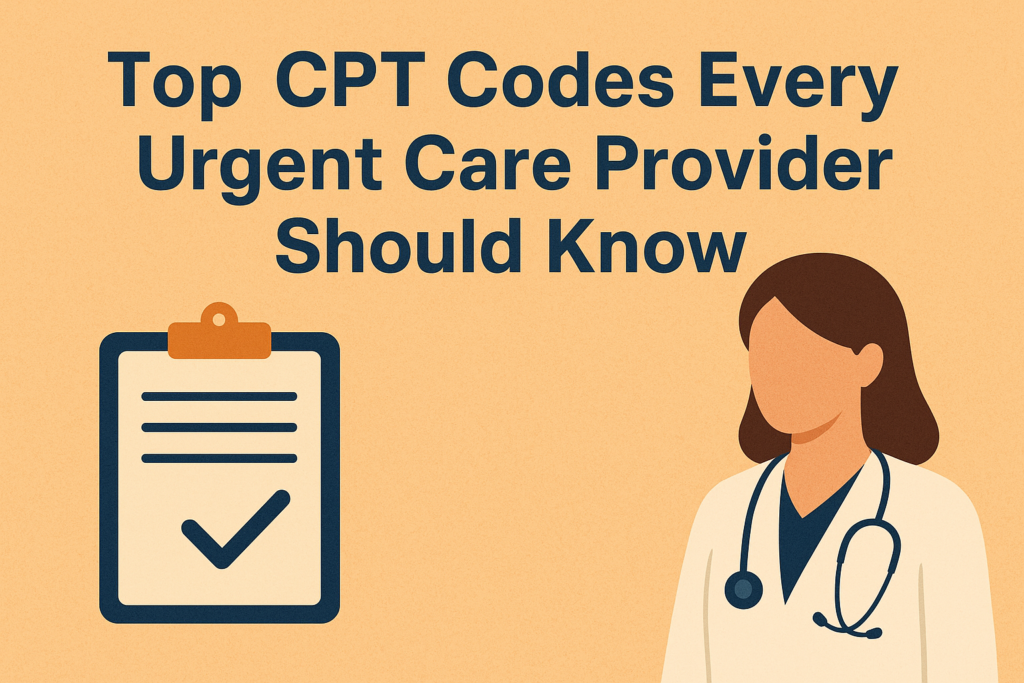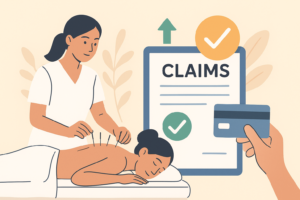Urgent care services are getting more attention nowadays. The reason is that urgent care centers are not just providing services in an emergency but also get primary care services for colds, flu, sprains, and unexpected weekend injuries. People who want walk-in check ups and can’t wait for weeks to get an appointment can also prefer urgent care services. That’s why around 89 million patients visit urgent care centers annually as 70% of patients get checked within 20 minutes. Managing this large volume of patients is difficult but another challenging task is to manage their billing.
All the urgent care billing tasks rely on accurate coding. There are thousands of ICD-10 and CPT codes for urgent care billing. That’s why most of the errors occur due to inaccurate billing. These coding mistakes lead to delayed payments, claim denials, or even revenue loss.
When urgent care providers and staff have a solid understanding of the most frequently used CPT codes, each operation runs smoothly from patient checkouts to insurance reimbursements. So let’s understand the top CPT codes every urgent care provider should know, why they matter, and how they keep your practice financially healthy.
Why CPT Codes Are Such a Big Deal in Urgent Care
Without accurate coding, even the best urgent care center will struggle financially. CPT codes called Current Procedural Terminology codes are the language insurance companies speak. They explain exactly what services you provided and justify why you should get paid.
Urgent care has its own challenges, too. Unlike a primary care office, you’re dealing with a quick, high-volume environment where patients walk in with everything from ear infections to broken wrists. That means your team has to be fluent in a large number of CPT codes relevant to each disease.
Getting it right does more than secure proper reimbursement. It also:
- Cuts down on claim denials
- Speeds up payment turnaround
- Ensures you stay compliant with payers
- Give a clearer picture of the services your center provides
ICD-10 Codes for Urgent Care
Office or Outpatient Visit Codes (99202–99215)
These are the basic codes for urgent care services. They cover evaluation and management (E/M) visits, which make up the majority of encounters in an urgent care setting.
- 99202–99205: New patient visits
- 99212–99215: Established patient visits
The difference between these codes usually increases complexity and time. For example:
- A quick check-up for a sore throat might fall under 99212.
- A more in-depth visit with multiple concerns could be billed as 99214.
Coding these correctly ensures you’re not undervaluing your work or overbilling and risking audits. At M&M Claims Care, we often see providers unintentionally leaving money by defaulting to lower-level codes.
Urgent Care Facility Code (S9083 or S9088)
Here’s something unique to urgent care. Many centers use S9083, a global fee for urgent care, or S9088, services provided in an urgent care center, depending on payer rules.
- S9083: Some insurers pay a flat rate per visit, no matter what you do.
- S9088: This code can be added to individual services to identify them as urgent care.
Not every insurance company recognizes these codes, but when they do, it can mean better reimbursement. Always double-check your payer contracts.
Injection and Immunization Codes (90471–90474, 90715, 90732, etc.)
Urgent care centers often handle vaccines, whether it’s a tetanus shot after a cut or a flu vaccine during the fall season.
- 90471–90474: Administration of vaccines
- 90715: Tdap (tetanus, diphtheria, pertussis)
- 90732: Pneumococcal vaccine
Vaccine administration is often overlooked when coding, but it adds up quickly. Forgetting to bill both the administration and the actual vaccine can mean lost revenue. That’s why Vaccine and Preventive billing is also crucial for reimbursement.
Laceration Repair (12001–12021)
Cuts and scrapes are also an important area that urgent care handles. These codes cover simple wound repairs:
- 12001: Repair of superficial wound, less than 2.5 cm
- 12011–12021: Repairs of larger or more complex wounds
Each code varies based on size and complexity, so accurate documentation is very important. A provider should always note the length and type of repair.
Fracture and Dislocation Care (Closed Treatment: 25600, 29075, etc.)
Urgent care centers often manage sprains, fractures, and dislocations. Common codes include:
- 25600: Closed treatment of distal radial fracture
- 29075: Application of a short arm cast
Even if you’re not doing a full surgical repair, the work involved in stabilizing a fracture deserves accurate coding. Don’t forget to bill separately for casting materials!
Incision and Drainage (10060, 10061)
Abscesses happen, and patients often come to urgent care to get them treated fast.
- 10060: Simple incision and drainage of abscess
- 10061: Complicated or multiple abscesses
These are very straightforward codes, but are commonly missed in documentation. Make sure you specify simple versus complicated to avoid denials.
Strep, Flu, and COVID Testing (87880, 87804, 87635)
Rapid testing has become a huge part of urgent care.
- 87880: Strep test
- 87804: Influenza test
- 87635: COVID-19 diagnostic test
Given how often patients show up with sore throats, fevers, or flu-like symptoms, these primary care billing codes are everyday essentials. And billing both the test and the office visit is allowed if documented correctly.
X-Ray and Imaging Codes (71045, 73630, 73030)
Not every urgent care has an imaging department, but those that do need to be careful with coding.
- 71045: Chest X-ray (single view)
- 73030: Shoulder X-ray
- 73630: Foot X-ray
You’ll often bill separately for both the technical (taking the image) and professional (reading it) components—unless your payer bundles them.
EKG and Cardiac Monitoring (93000, 93010)
Sometimes chest pain, palpitations, or even dizziness can take patients to urgent care, and an EKG is often the go-to.
- 93000: Complete EKG with interpretation and report
- 93010: Interpretation and report only
Don’t forget that if you’re just performing the tracing and sending it off to a cardiologist, you’ll only bill the technical component.
Common Procedural Codes (29515, 96372, 51701)
A few more crucial codes to memorize:
- 29515: Application of a short leg splint
- 96372: Therapeutic injection (like antibiotics or steroids)
- 51701: Insertion of a bladder catheter
Documentation Tips to Support CPT Coding
Even if you know your CPT codes and utilize them accurately, it does not matter without solid documentation. Each step matters during claim submission for all healthcare specialties, and documentation is equally important to CPT codes. Insurance companies are sticklers for details, and vague notes are one of the top reasons for denials. That’s why documentation matters for successful reimbursement. Payers need some points in urgent care notes, including:
- Time spent (especially for E/M codes)
- Medical necessity (why you did what you did)
- Size and complexity (for lacerations or abscesses)
- Materials used (casts, splints, vaccines)
- Patient consent (for procedures and testing)
At M&M Claims Care, we’ve helped countless urgent care centers strengthen their documentation so their claims get passed the first time.
Common Coding Mistakes in Urgent Care (and How to Avoid Them)
Mistakes happen. But when we talk about coding, even small errors can lead to big revenue problems. Some of the most common missteps happen during urgent care billing include:
- Defaulting to low-level E/M codes: Providers often undercode to play it safe, but that means leaving thousands of dollars each year.
- Forgetting add-on codes: Vaccine administration, splint supplies, or urgent care facility codes are often missed.
- Not linking ICD-10 codes properly: The CPT code says what you did but the ICD-10 code explains why. If they don’t match, denials follow.
- Mixing up simple vs. complex procedures: This commonly happens with laceration repairs or I&D.
You can avoid all these mistakes with proper training and the right urgent care billing partner, who is well-experienced to manage the complexities of coding.
How M&M Claims Care Helps Urgent Care Providers Succeed
As we’ve already mentioned, the huge volume of patients in urgent care centers means that providers are busy treating their patients. With seeing patients, managing staff, and running a facility, they don’t have time to worry about coding and billing complexities as well. That’s why they need a medical billing partner who likes M&M Claims Care, which is a specialized urgent billing company in the US. We understand the complexities of urgent care billing and revenue cycle management. Our team knows the ins and outs of payer policies, urgent care CPT codes, and compliance requirements. We help providers:
- Capture every dollar earned by identifying missed coding opportunities
- Reduce denials with cleaner claims and better documentation guidance
- Stay compliant with constantly changing coding rules
- Free up time so providers can focus on patient care, not paperwork
And if we talk about our experience, then we have worked with so many urgent care clients who were struggling with high denial rates, nearly 25% of their claims were being rejected. But within a time span of three months of partnering with us, their denial rate dropped below 5%. Not only have we achieved a reduction in denials but we have also increased their revenue by 18%. That’s the power of accurate coding paired with expert billing support. So if you don’t want to be stuck in coding complexities and can’t take reimbursement worries, then start a partnership with M&M Claims Care medical billing company and leave your headaches behind.






